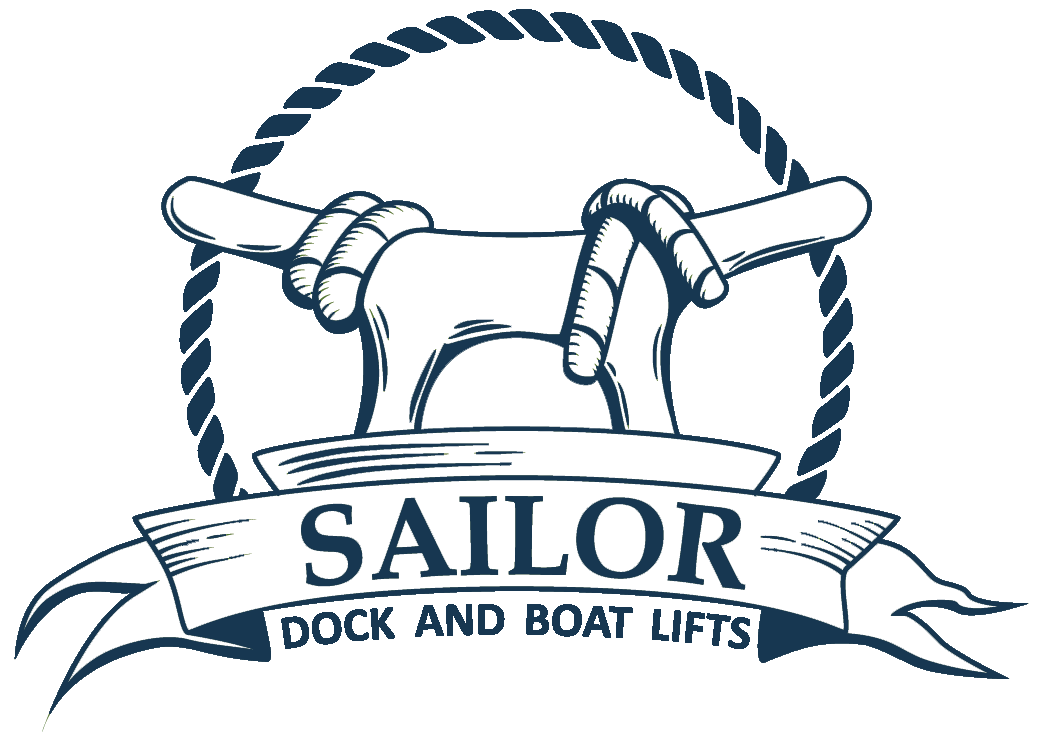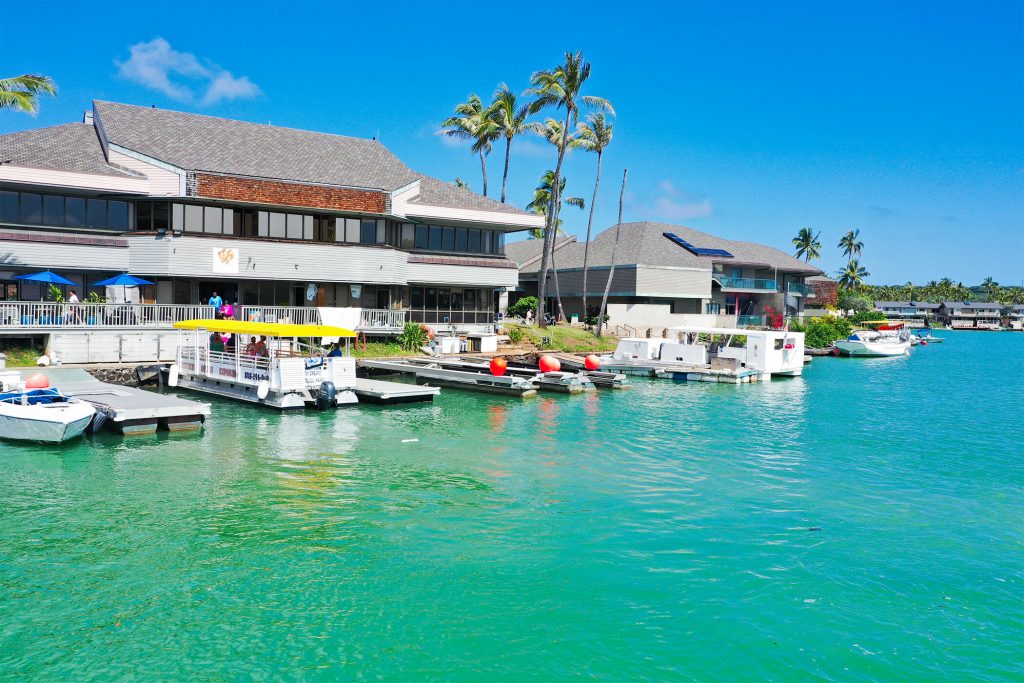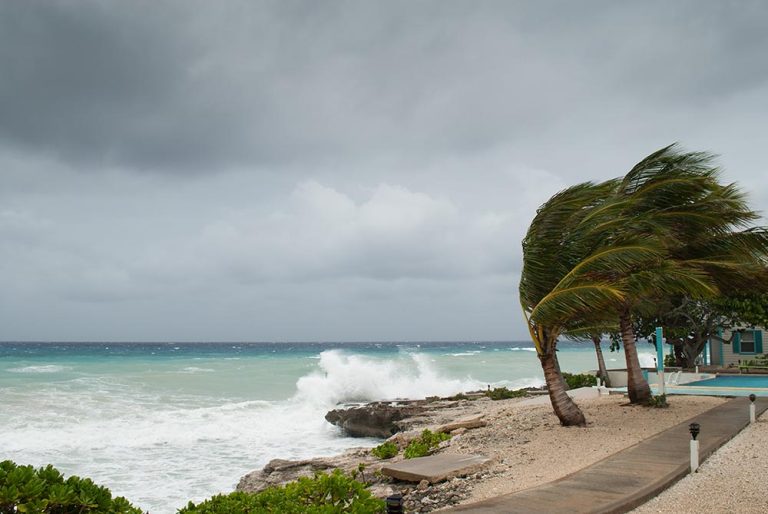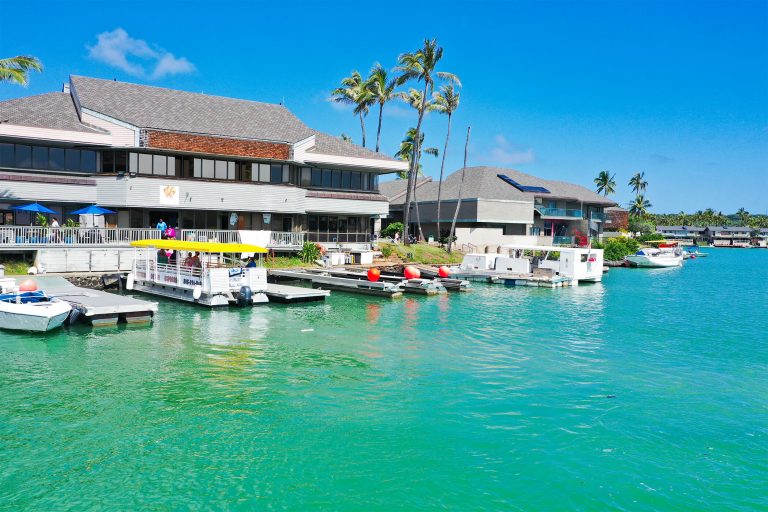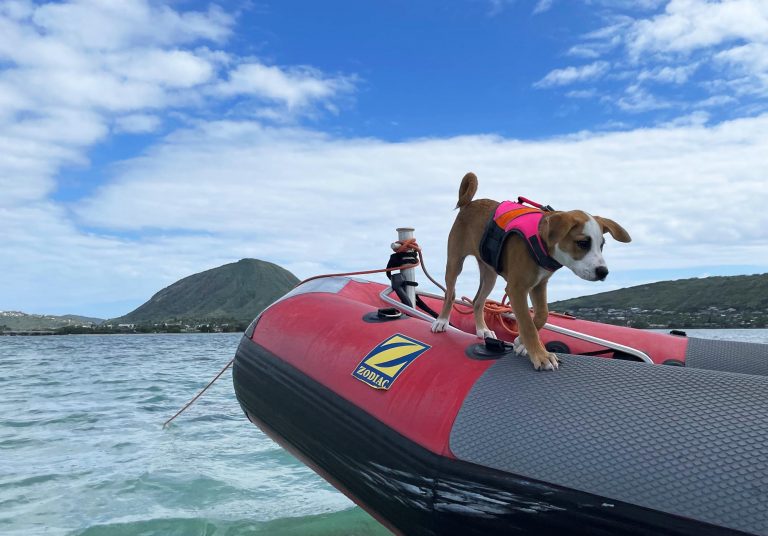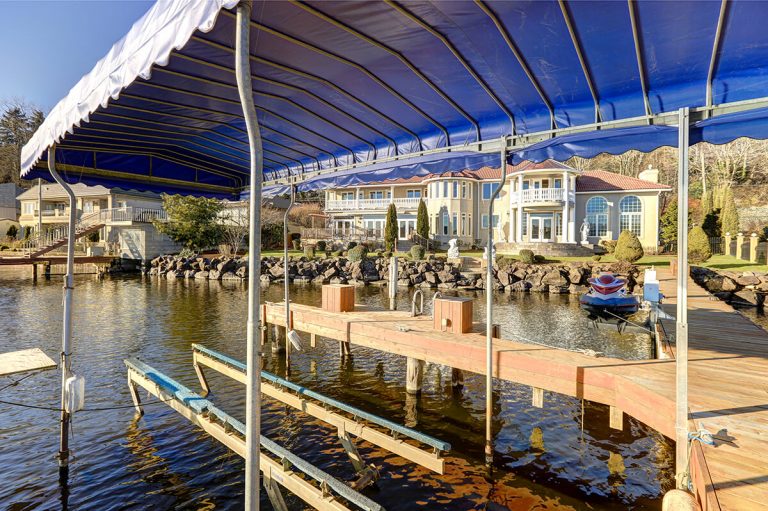One of the first things new boat owners must learn to do is dock their boat after a great day on the water. Docking a boat for the first time can sometimes be a little stressful and you may be worried about damaging your boat on its’ very first outing. There is no need to stress, because Sailor Dock and Boat Lifts have the top 5 tips for how to dock a boat. With a little bit of practice and help from your 1st mate, you will be docking your boat with expert ease in no time!
1. As you prepare to dock your boat, make sure all the lines are ready to go
Check to make sure your dock lines are securely attached to the stern and bow of your boat for when you are ready to gently bring the boat closer to the dock. Make sure the dock lines are easy to access and untangled.
2. Prepare your boat fenders
Boat fenders are extremely helpful for docking a boat, they are also referred to as bumpers. If placed properly, boat fenders or bumpers can help protect the boat hull from colliding with the dock edge. As your approach the dock, place the secured fenders or bumpers on the outside of the boat on the dockside.
3. Survey the docking area
It is always important for you to make sure the docking area is clear of debris, swimmers, and mooring lines. Debris floating in the water could damage your boat. Swimmers could get hurt by your boat, so it is important to make sure the water is free of swimmers before docking. Mooring lines from your boat or other boats can get caught in the path of your boat. The lines can get tangled around the propeller of the boat and cause expensive damage. Surveying the dock and surrounding water is important for ensuring you dock your boat safely.
4. Approach the dock
The boating rule of thumb is to never approach the pier or dock any faster than you are willing to hit it! Lining up the boat with the dock at a slower speed will help give more time to efficiently react if the boat and the water move in an unexpected way. If you approach the dock at a slower pace and you accidentally hit the dock, the damage to your boat won’t be catastrophic or cause your wallet to scream. However, approaching the dock at medium to full speed like you are in a James Bond movie could result in serious damage and serious injury. When docking your boat, you will want enough juice to get the job done but not so much power that docking becomes a danger. You will need to use enough power to overcome and compensate for wind, current, and counter momentum to successfully dock a boat and line up your approach. Docking your boat on a private dock can be easier because there may be more room to maneuver your boat and fewer people around.
5. Tie off your boat
Once you have navigated the boat up alongside the dock or into the docking slip, you will want to tie off your boat so it cannot float off. You will use the dock lines or mooring lines attached to the bow and stern of your boat and tie the line to posts, cleats, or piling on the dock. Dock cleats are the best way to tie off your boat because they are typically more secure, and a well-tied line will have a harder time unraveling or slipping off a cleat. The most common knots used to secure your boat to the dock are the cleat hitch knot, clove hitch knot, and bowline knot. Other knots can be used but these three knots are some of the most important knots every boater should know.
With these 5 tips on how to dock a boat, you have the foundation for becoming an expert boat docker. The first attempt docking a boat may be stressful and challenging, but with good helpers and some trial and error, you will be an expert in no time! When it comes to docking a boat, practice makes perfect!
